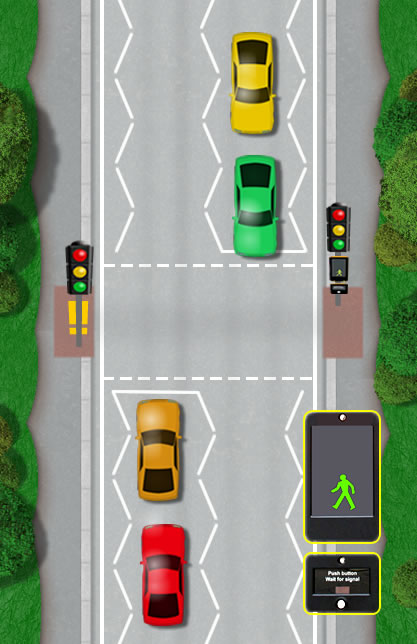

We've created a full guide to the reasons why your examiner may stop your test early-but suffice to say, these won't apply to the vast majority of candidates. These would include driving which poses a threat to either the occupants of your car or other road users. Outside of this, though, candidates would need to commit extreme faults in order for the examiner to stop the test. In fact, your licence will be revoked, meaning you'll need to apply for a new provisional licence and start from square one. If you fail your eyesight test, for example, your practical will end immediately. This may, however, leave you wondering: will my examiner stop my test? The answer to this is technically a yes-but only in rare circumstances. We've now covered the consequences of racking up too many faults during your driving test.
#UK DRIVING TEST INDEPENDENT DRIVING HOW TO#
Think your driving test examiner treated you unfairly? Check out this advice on how to appeal a driving test! If I make a driving test fault, will my examiner stop the test early? For full details on the myriad categories you need to be aware of, take a look at our guide to the driving test mark sheet. Similarly, the list above is far from everything. Of course, not every fault in these categories will result in a fail, but knowing where other candidates came unstuck can help to stop you from making the same mistakes. In fact, all of the above were amongst the top reasons why people failed their test in 2018/19.

Take a look at the driving test app, and you'll notice dozens of different reasons you could receive a fault! Some of the most common, though, include the following: As it turns out, however, this list is quite extensive. What is more important to learn is what you can earn a fault for. Though useful categories to be aware of, ‘major’ and ‘minor’ faults refer only to how dangerous your action was. What could I get a fault for?įailing to observe correctly is one of the most common faults candidates commit. Additionally, if you commit the same type of driving fault multiple times, your examiner may class this as a serious fault, resulting in a fail.

However, if you rack up more than 15 driving faults, you'll fail your test. Unlike the other categories of fault, you won't fail for a single minor. The last category, driving faults, are often known as ‘minors’. It's therefore crucial that you avoid these. Committing even one of these faults will result in you instantly failing your driving test. The first two of these categories, dangerous and serious faults, are often informally called ‘majors’. Driving faults - something that was not potentially dangerous, but which could have become a serious fault if repeated.Serious faults - something that had the potential to cause danger.Dangerous faults - something that causes danger to you, the examiner, the public or property.Faults fall into one of the three following brackets: This can be anything from forgetting to check your mirrors before setting off through to causing a collision. Put simply, a fault refers to any incidence where your driving abilities don't meet the standards expected by your examiner. Let's take a closer look! What is a fault? Once you know what not to do, you'll be able to focus on honing your abilities and steering clear of any mishaps. In this guide, we'll introduce you to the different types of fault, including those which result in an automatic fail. You'll also need to know the behaviours and actions to avoid. When you're preparing to take your practical driving test, knowing the skills you'll need to display is only one half of the story.


 0 kommentar(er)
0 kommentar(er)
